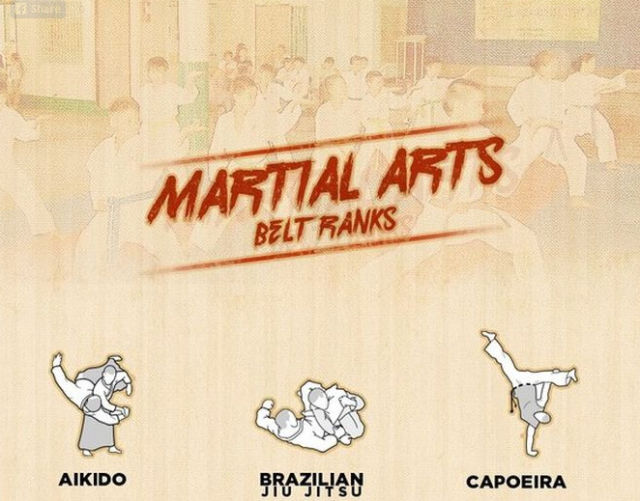The Evolution And Historical Value Of Martial Arts Across Different Cultures
The Evolution And Historical Value Of Martial Arts Across Different Cultures
Blog Article
Content Composed By-Padilla Liu
Martial arts have a fascinating background that covers centuries and continents. You might locate it intriguing exactly how ancient methods like Shuai Jiao and Kalaripayattu prepared for modern-day fight strategies. These techniques not only emphasize physical skills yet also show the cultures that birthed them. As you explore their evolution, take into consideration how globalization has changed these conventional kinds into hybrid styles. What influences do you think have formed today's martial arts landscape?
Ancient Martial arts: The Structures of Combat
As you look into the world of old martial arts, you'll uncover the abundant foundations that shaped combat strategies across cultures. Very early practices focused on Self-Defense and survival, frequently incorporating strikes, grappling, and weapons.
In ancient China, for instance, techniques like Shuai Jiao highlighted tosses and joint locks, while India's Kalaripayattu showcased dexterity and liquid motion. Japanese samurai developed Kenjutsu, a refined swordsmanship that highlighted technique and approach.
These martial arts offered not just for battle but also as a way of personal development, instilling values like regard and willpower. The blending of these methods in time prepared for the varied martial arts you see today, each mirroring the unique philosophies and demands of its culture.
The Cultural Influence on Martial Arts Growth
While martial arts commonly show the functional demands of a culture, they also symbolize the cultural values and beliefs of their origins. When what martial art should i do discover various martial arts, you'll notice exactly how they're influenced by religion, viewpoint, and social norms.
For example, the emphasis on respect and self-control in Japanese martial arts stems from Zen Buddhism and samurai culture. In contrast, Brazilian Jiu-Jitsu advertises versatility and method, shaped by the need for performance in a diverse, modern environment.
You may discover that the rituals, uniforms, and training approaches show an area's history and identification. By recognizing these cultural influences, you deepen your gratitude of martial arts and their function fit human experiences across the globe.
Modern Adaptations and the Globalization of Martial arts
Martial arts have transformed significantly in recent years, adjusting to contemporary society and worldwide impacts. You'll discover that typical types have combined with modern-day techniques, creating hybrid styles like mixed martial arts. These adjustments satisfy diverse audiences, making martial arts easily accessible and enticing globally.
With the increase of social media and digital platforms, you can find tutorials and competitors from all edges of the globe, damaging geographical obstacles. This globalization has led to a common appreciation for different self-controls, from Brazilian Jiu-Jitsu to Taekwondo.
As you engage with these arts, you'll understand they're not almost combat; they promote health and fitness, technique, and mental health.
Ultimately, modern adaptations have improved the martial arts landscape, making it a dynamic and progressing practice.
Final thought
In exploring the background and evolution of martial arts, you uncover a remarkable mix of strategies, societies, and approaches. From check it out like Shuai Jiao and Kalaripayattu to the contemporary flexibility seen in MMA, martial arts show mankind's quest for Self-Defense and personal development. As you involve with these practices, you not just obtain skills however likewise a much deeper admiration for the varied traditions that form our globe today. So, continue your journey and accept the art of combat!
